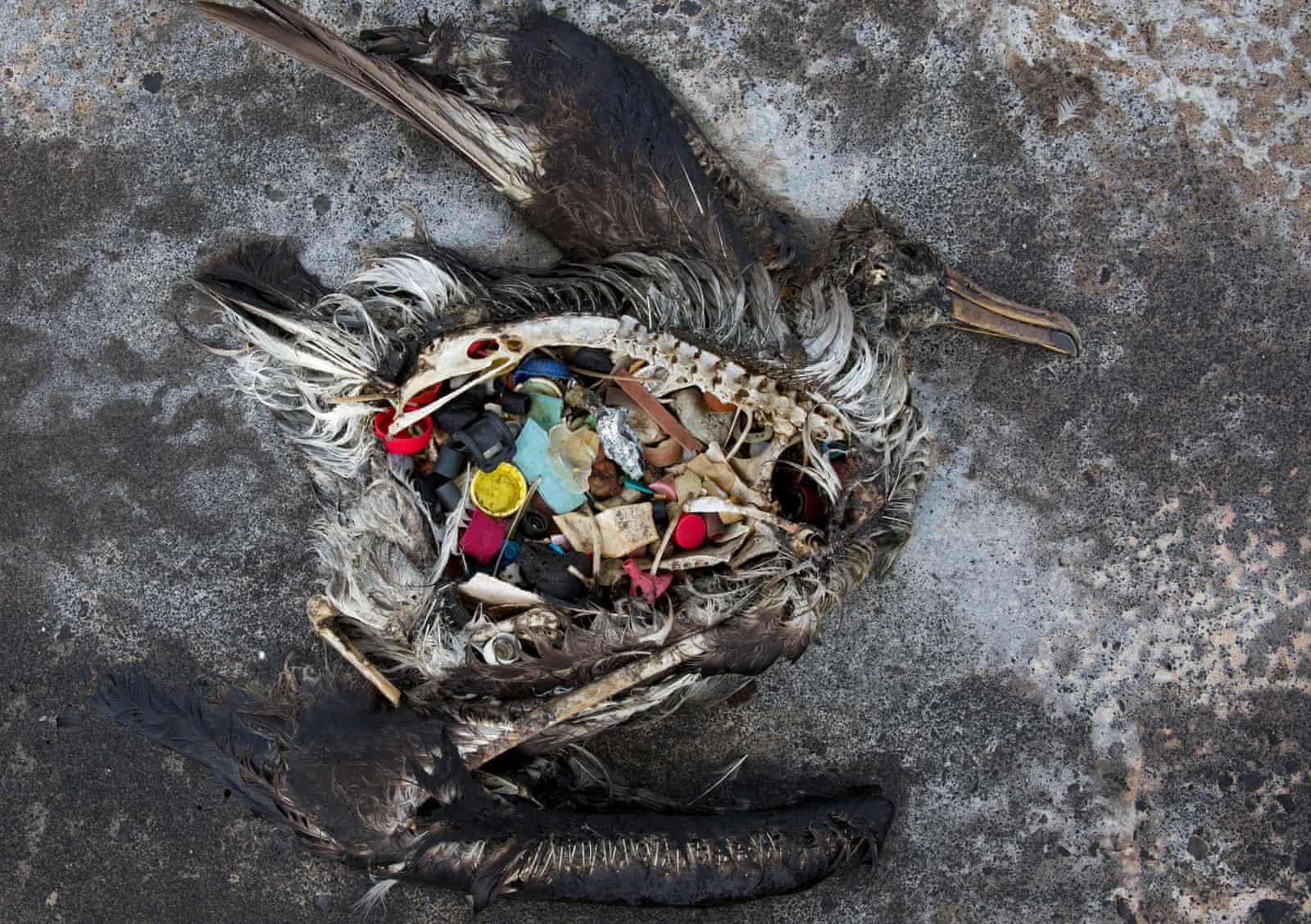|
Stage |
Source |
Extent of pollution (annual) |
|
Production |
Fertilizers |
-
83.7 pounds of carbon monoxide (CO) -
59.5 pounds of ammonia (NH3) -
74.9 pounds of nitrogen oxide (NO) -
2.2 pounds of particulate matter (PM) |
|
Pesticides |
Chemicals used depend on farm and
operating scale |
|
|
Processing |
Harvesting machines |
Greenhouse gases and leakages
depend on farm and operating scale |
|
Almond
shell cracking machine |
Electricity
source depends on farm and operating scale |
|
|
After production |
Transportation
(semi-trucks) |
-
286.6 pounds of CO -
163.1 pounds of NO -
2.2 pounds of PM10 -
6.6 pounds of PM2.5 |
|
Packaging |
Amount of plastic
depends on farm |
|
|
Agricultural waste |
-
24.3 pounds of CO -
2.2 pounds of NO -
4.4 pounds of PM2.5 |
Thursday, March 3, 2022
Milk Coffee: Almond milk
People in different countries tend to be more receptive towards different alternative milk, and as such, we focus on North America, as almond milk has dominated the plant-based milk market, by accumulating 63% of the market share (Young, 2021). We seek to answer the question: what are the factors that contribute to pollution during almond milk production, and to what extent are they damaging to the environment.
In a report by Simar (2020), he summarised the production process of almond milk in the US:
Simar's findings suggest that the after production of almond milk is the most pollutive, as transportation, plastic, and agricultural waste generate the greatest amounts of pollutants.
Beyond the numbers, pollution from after production also occurs globally.
Firstly, besides transportation by trucks, the milk by sea as countries export them to the global markets. According to the International Maritime Organisation, shipping accounts for 1.056 million tonnes of carbon dioxide being released, and these amounts of gases are spread across the oceans and trapped within the atmosphere. Hence, contributing to global warming on a global scale.
Secondly, the ill-disposed plastic packaging may end up within the oceans, and be swept by the currents across the globe. Besides harming the animals physically when they mistake the plastics for food, some plastics that are degraded into microplastics can be consumed by the marine life, and be bioaccumulated and biomagnified. This eventually returns to harm human health when we consume seafood.
Lastly, the chemical leaches into the soil and can contaminate groundwater storage. On a regional scale, humans who depend on groundwater storage may experience health issues. On a global scale, agricultural waste can be transported by fish and physical elements and cause problems to health as well (Nagendran, 2011).
Alas, while almond milk can cause global-scale pollution, it is still more sustainable compared to dairy milk, as its primary and processing stages of production are less pollutive. Soucing locally produced alternative milk can further reduce our pollution footprint. However, sourcing local poses a problem for land-scarce countries like Singapore, as converting land to produce primary products incur high opportunity costs. What then can an alternative solution be?
Subscribe to:
Post Comments (Atom)
Coffee to Go: Single use plastic straws
Guilty of using plastic straws for your chilled coffee? Even if you are not, many others are. Single-use plastic straws were found to be the...

-
Pesticides are commonly used in conventional coffee plantations as farmers want to prevent infestations in their farms, which are costly and...
-
Dairy milk tends to be the default option for white coffees. However, in 2019, there has been a 37% decrease in dairy milk consumers since t...
-
Since the popularisation of Nespresso coffee pods in 1988, coffee consumers have had the luxury and convenience to enjoy a cup of coffee alm...

No comments:
Post a Comment